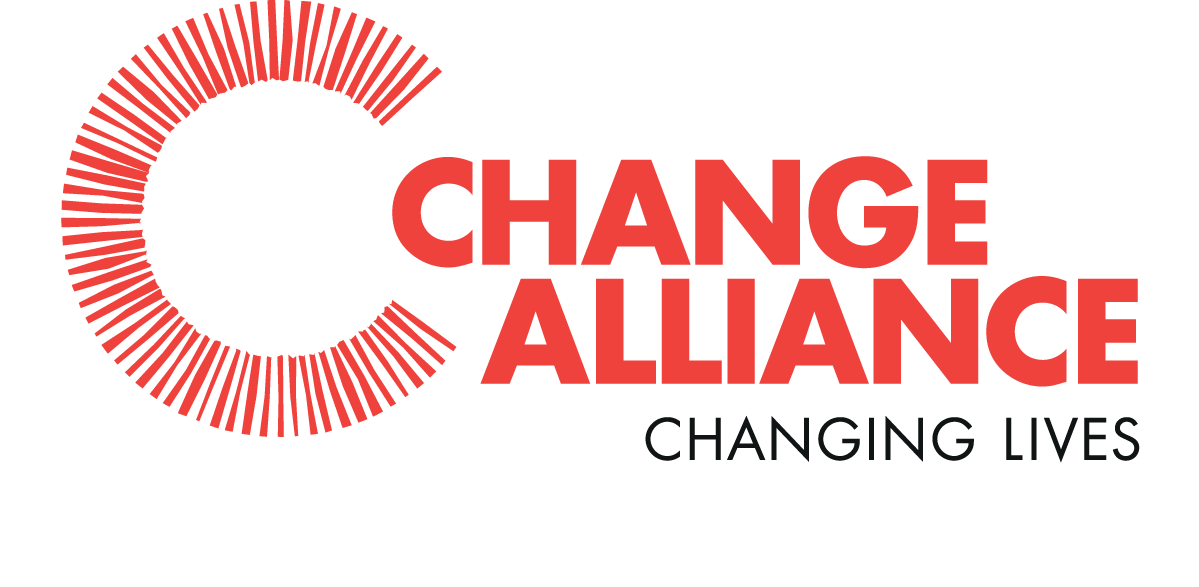
A friend told me a story that she heard a few months back. In an interview for architects the first of the two shortlisted candidates were asked the height of the building the interview was taking place in. She replied instantly with the correct answer.
The second candidate was asked the same question and she responded by saying that she did not know the answer but could find it out. She went outside and standing in the same direction as the building was to the sun, she measured the height of the building in multiples of her shadow and then multiplied it by her own height, which obviously she knew, to arrive at a near correct answer.
She was selected, and the panel commented that while the first candidate knew the correct answer she had a more valuable skill. She knew how to find the answer.
I wonder which school taught her that. At least not the ones that I see around. So, if the ability to find answers is more valued than the answer itself does it not make sense to align our learning methods accordingly and shouldn’t our schools be modelled around equipping children with such abilities.
What then it takes to become such schools and have such learning methods?
Move from just learning methods to learning environment: The old adage goes that you can take a horse to the water but cannot make it drink. So why focus on the horse and why not make the water inviting enough to jump into. Learning is somewhat like that. If the learning environment is inviting, welcoming and non-threatening, children will find their ways to learn from the basket of methods that are available or to our surprise will invent some. Try thinking how you subtract 49 from 98 and you will be surprised that there are multiple ways of doing it. It’s not about the methods alone then.
Enable the culture of questioning: We all know that the ability to raise questions, inside our minds and outside of it, is a critical part of the learning process. If you question more you will learn more. What a paradox it is to our lived societal values where questioning is out of bounds in most aspects of our daily existence and especially for children where they have not yet earned their citizenship rights (remember the saying “Children are the citizens of tomorrow”). The primary task therefore for creating a learning environment is not answering the question it is probably facilitating questioning itself.
Turning the power relations upside down: My child in his formative years went to a democratic school where there were no classrooms but subject rooms. Children decided where they would like to spend time. This turning of relationships upside down brought the onus to teachers to make their content and pedagogy interesting, attractive and engaging. When all of these things happened, children engaged and learnt the most. While it would not be possible for conventional schools to do that the principles can easily be adopted and implemented.
Respect and promote the ‘agency’ of children: Effective learning also happens with real participation and belongingness. The ‘agency’ of a child can simply be understood as her ability to participate in and take decisions on aspects that affect her. When an environment promotes the agency of children they essentially are promoting the ability of children to engage in their learning process and learn meaningfully.
Recognize diversity: Good learning environments start with the assumption that multiple dimensions of diversity exist within the learners. This diversity can be based on economic and social parameters or in terms of the educational opportunity and background of the family, but most importantly there is diversity in the pace and ways of learning among children. Being sensitive to diversity among the learners’ results in finding the real cause behind the learning barriers and address them. If the barriers are outside the immediate learning environment of schools or classrooms, it provides a pointer to work on these other factors as well.
All these are not new ideas they have been in circulation for decades now with a wide acceptability with those working with schools and learning methods and are also backed by empirical evidences. They are simple enough to be implemented as well. Probably in this case it’s the simplicity that is killing the cat and not the curiosity.
About the Author:
Avinav Kumar works as the Head of Programmes for Change Alliance nurturing its non-profit affiliate – Partnering Hope Into Action Foundation. He has been working on social development issues since past 18 years.



